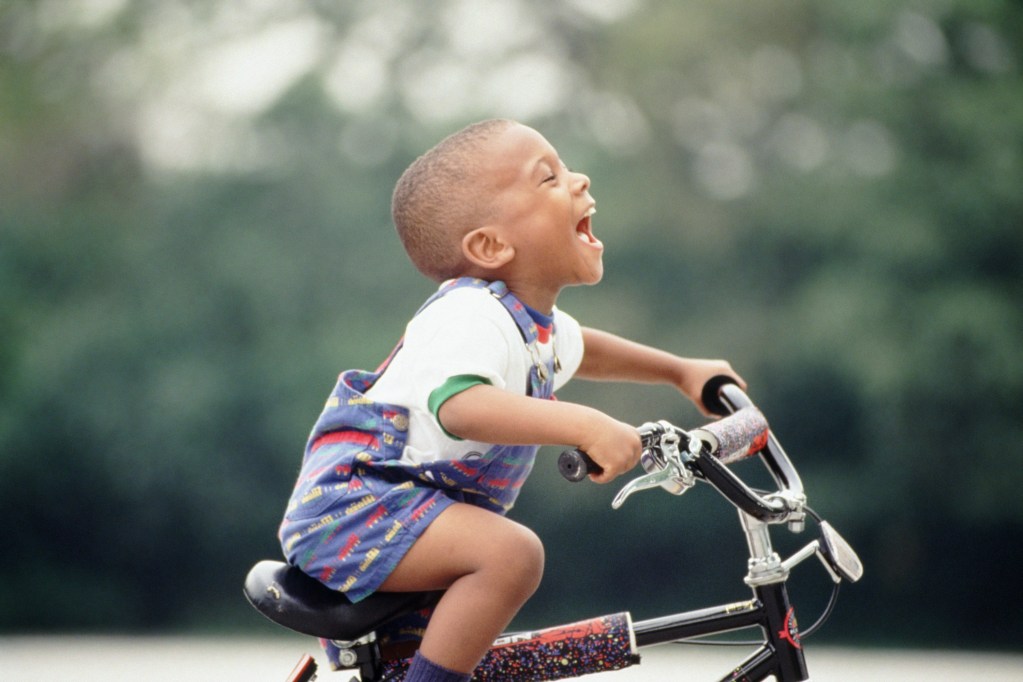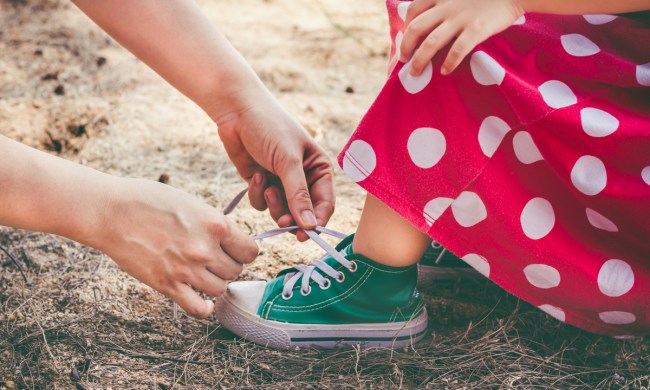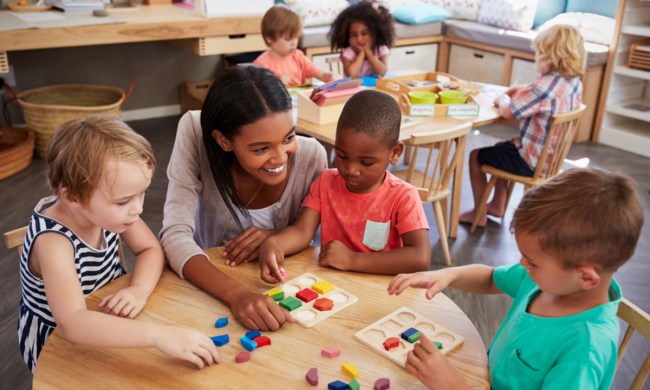Learning to ride a bike is a rite of passage for most kids. Children usually learn to ride a bike between the ages of 3 and 8. Bike riding is one of the best outdoor activities for kids, and it’s something the entire family can do together. Most kids typically learn to ride a bike with training wheels first, while some are just natural and take to two wheels immediately.
Research shows that the best range for kids to learn a new skill is between the ages of 4 and 12. Teaching your child to ride a bike not only gives them a new experience and skill but the earlier your child learns, the longer they reap the physical and mental rewards of bike riding.
Before putting your child on a bicycle, as a parent, you need to have a clear understanding of the styles and features of bicycles to know which suits your child. Bicycles are actually divided into different categories and parents need to distinguish the ways in which kids can learn to ride a bike, including the age factor, the learning method, and how to ensure overall safety when riding. This can help you when you want to know what age a child can ride a bike with training wheels. So, let’s get ready to ride.
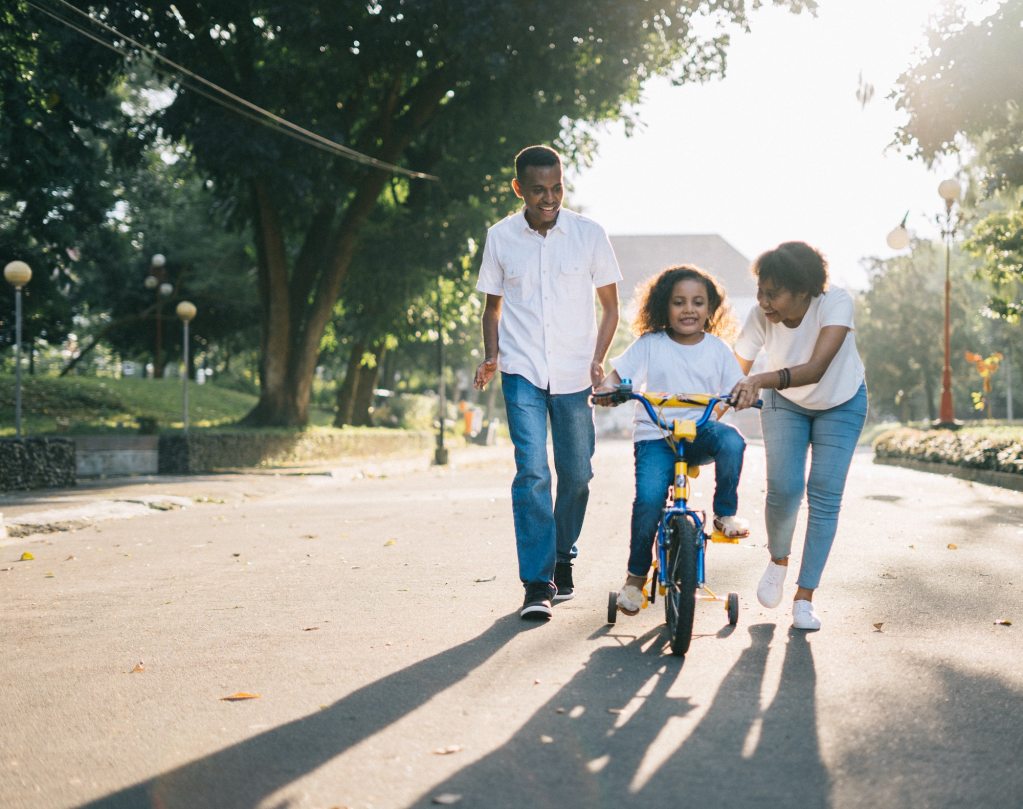
At what age can a child ride a bike with training wheels?
Training wheels are additional wheels fitted to a two-wheel bicycle, meant for providing balance and preventing falls. Training wheels are usually removable once the child is old enough to learn to balance. So, when is it a good idea to put training wheels on your child’s bike and teach them to ride without?
Training wheels vs. tricycles
Training wheels help young children learn how to ride a bicycle without having to worry about balancing on two wheels. They’re typically designed for young children, but today there are training wheels for adults too. Training wheels can be fitted on bicycles for kids between the ages of one and three. Keep in mind that a 2-year-old child riding a bike with training wheels will tilt to one side. At that age, kids aren’t quite ready to balance on their own and will certainly need a steadying hand even when pedaling with training wheels.
A tricycle is a great way for toddlers to begin to understand the concept of pedaling a bike without having to worry about balancing. Tricycle wheels are usually permanent, and children can learn the mechanics of pedaling, steering, and braking on a tricycle or “big wheel” cycle without needing an adult hand to keep the bike from tipping. Once they reach preschool, they can begin exploring the concept of balancing by transitioning to a bicycle with training wheels.
In the end, training wheels and tricycles both accomplish the same thing; teaching kids the basics of riding bicycles. Picking between training wheels or tricycles basically comes down to personal preference. Many parents will opt for what they had while growing up.
Balance bikes vs. bikes with training wheels
Another option for young children is a balance bike. Balance bikes are thought to help make the transition to riding a two-wheeler less complicated. Some people feel it’s less stressful for a child to learn on a balance bike versus a bike with training wheels because the rider is practicing the concept of balancing instead of relying on the stability of the training wheels to keep from falling over. Balance bikes also weigh a lot less, so they’re easier for kids to ride without as much effort, making them perfect for little legs.
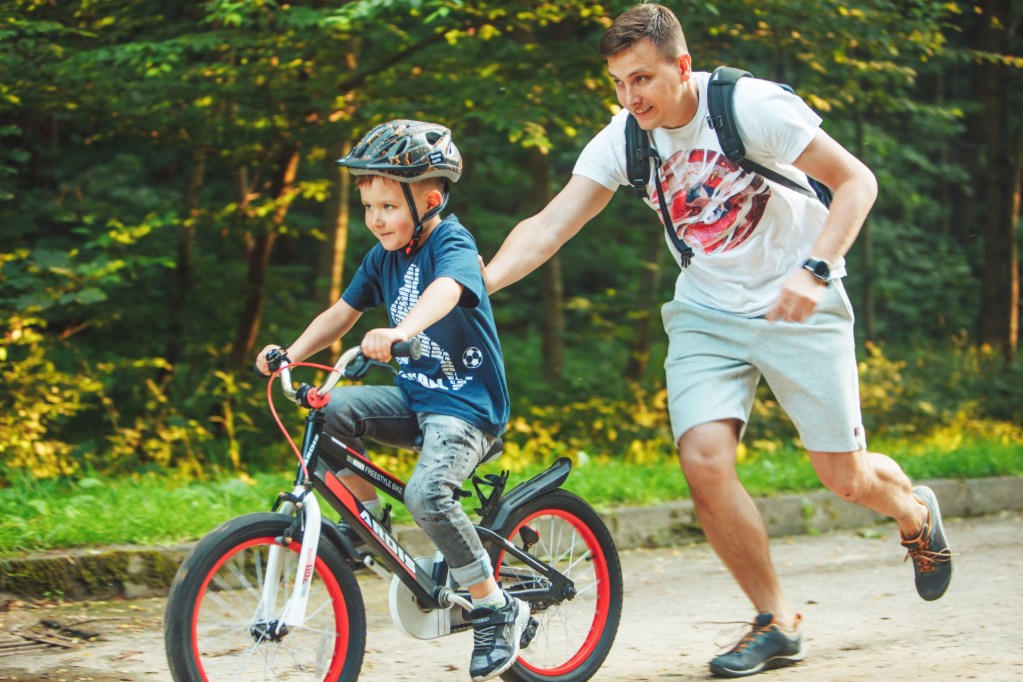
Learning to ride a bike
There are various methods available for your child to learn how to ride a bike. These methods include taking the pedals off a bike and lowering the seat to have the bike act as a balance bike. You can also make use of a bicycle with training wheels. Raising the training wheels a little at a time has proved a good method for learning to ride a bike.
When it comes to training wheels, you may decide to teach your child how to ride without them. First, make sure they want to learn without training wheels. As a parent, you can’t want it for them because if you do, expect frustration and tears. A better option is waiting until your child shows an interest in removing those training wheels.
When choosing a starter bike for your child, get the smallest bike you can because the smaller the bike, the closer he or she is to the ground. Smaller bikes make it easier for children to learn to control the bike. Healthychildren.org says that oversize bicycles are dangerous for children.
Kids’ bikes are designed specifically for kids. Every aspect of the bike is scaled down to be age appropriate for a child. Kids aged 4 to 5 are considered to have sufficient balance and coordination to learn how to ride a bike.
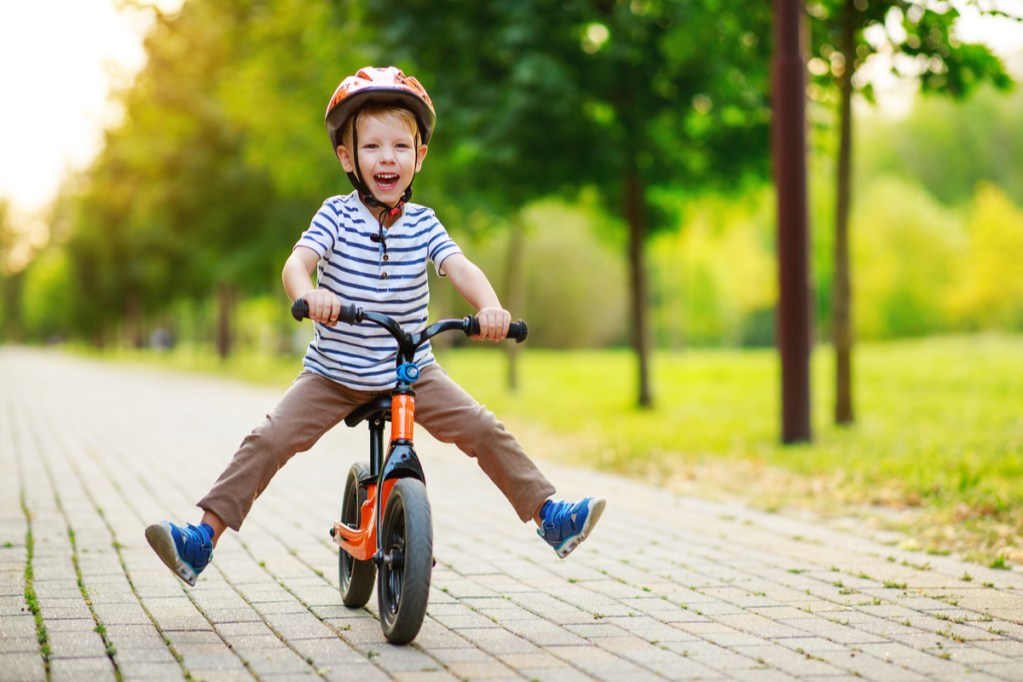
Bike riding teaching techniques
Just letting a kid hop on a bike and go is probably not the best idea. It may end up leading to a lot of tears and skinned knees. Here are a couple of techniques to try when teaching your child how to ride a bike.
- Remove the pedals from the bike, find a long, gentle hill, teach them to turn with the pedals off, and then after balancing, teach them to turn with the pedals on and how to use the brake. Being able to stop is an important sign your child is ready for the training wheels to come off.
- Counter-steering is another great way to learn how to ride a bike. This concept is when you tell your child to turn in the direction that the bike is falling in order to straighten it out.
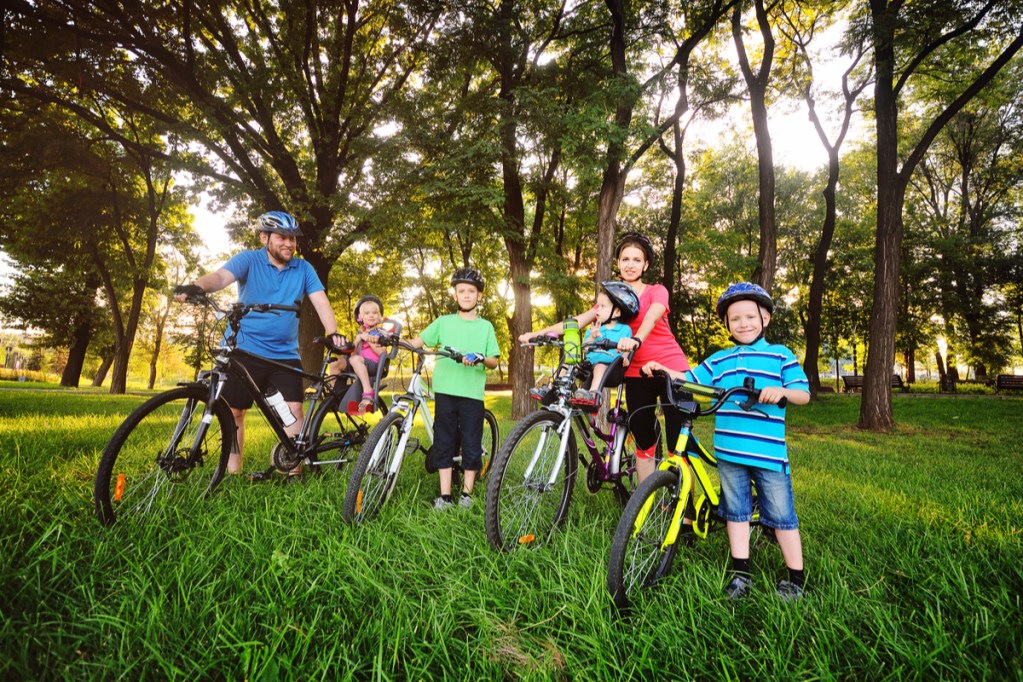
Children and bike riding
To fully break down the appropriate time when your child should learn how to ride a bike, factor in their age and developmental stage.
- Children who can’t walk without support are not advised to use a bicycle. Balancing the rotational speed of the bike’s wheel and propulsion are basically the factors that determine the age for learning to ride a bike.
- Some 3 to 4-year-old kids are able to ride a small bicycle with training wheels and gradually advance to riding without training wheels. Kids within this age are advised to use a foot brake since they are not yet able to use the hand brake.
- Most 5-year-olds have the capability to ride a bicycle with or without training wheels. Most children are ready to ride a bicycle by the time they are 5, according to the U.S Consumer Product Safety Commission.
- Most 6-year-old kids are physically able to ride without training wheels. Their age and growth have developed to avoid dangers. In addition, they are capable of using hand brakes.
- Refrain from forcing your child to ride their bike without training wheels. When your child is interested and wants to ride without training wheels is the best time to start the process.
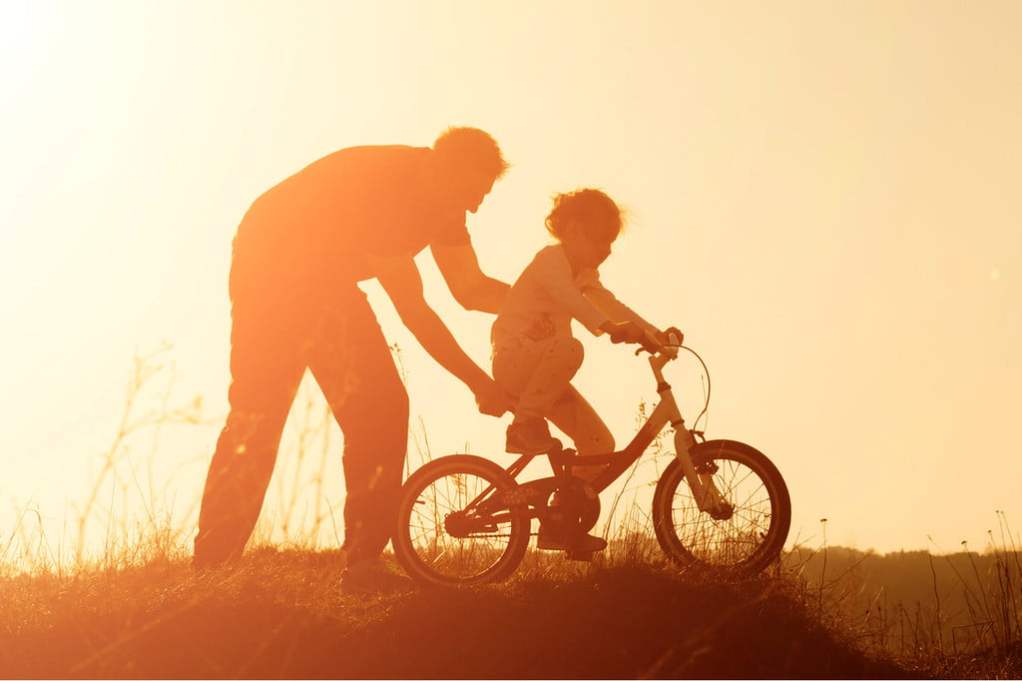
Why can’t my child ride a bike?
If you’ve ever heard the saying, “It’s as easy as riding a bike,” you may find yourself feeling frustrated if your little one is finding it anything but easy. The reality is that some kids will have a hard time learning, and that’s perfectly normal, especially if they’re scared.
“If a child is scared to learn to ride a bike, it is usually because he is afraid of falling off and getting hurt,” Vince Damiano, an REI Outdoor School instructor who teaches bike riding classes for adult and children explained to the Courier Post. “If a child is reluctant, it may be because the bike looks like a lot of work.” Damiano’s suggestion is to always remain positive and follow your child’s lead. He says that children “learn more from successful attempts. If kids aren’t having fun, they aren’t going to learn.”

Bike safety
Safety measures should always adhered to while learning how to ride a bicycle and after. Teach your child to wear a helmet properly. Wear a helmet yourself to set a good example. Teaching traffic safety is extremely important as well. When your child eventually starts to ride their own, it’s vital to know the rules of the road. To start though, finding the best paths and bike lanes that separate your child from traffic is vital. Teach traffic awareness to your child when riding together. Always be sure your child wears reflective clothing with bright colors when riding a bike, especially at night.
Every child is different, but two factors are important to determine what age a child can ride a bike without training wheels. Balancing and coordination are the most important things to consider before teaching your child how to ride a bike. When a child is developmentally ready to ride a bike without training wheels, the whole process will go more smoothly. Learning to ride without training wheels takes time, but they’ll get there.
